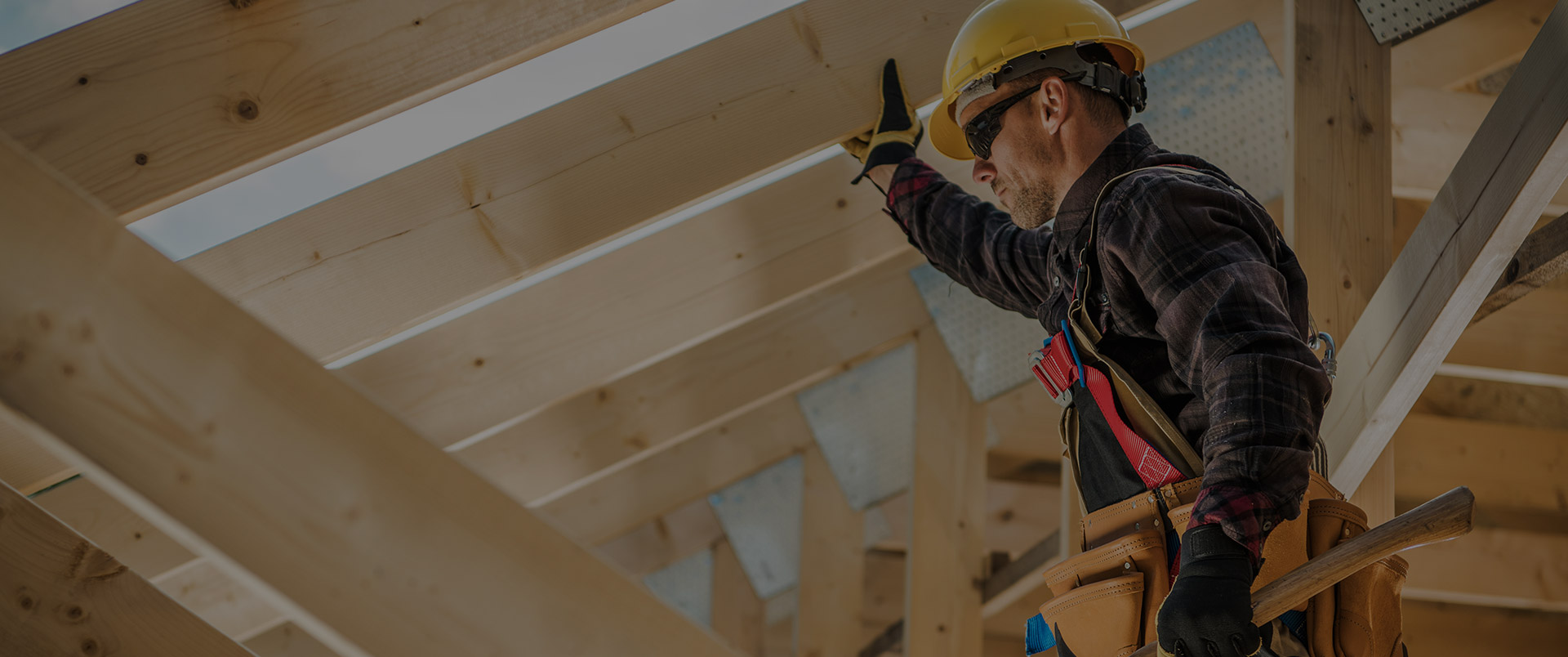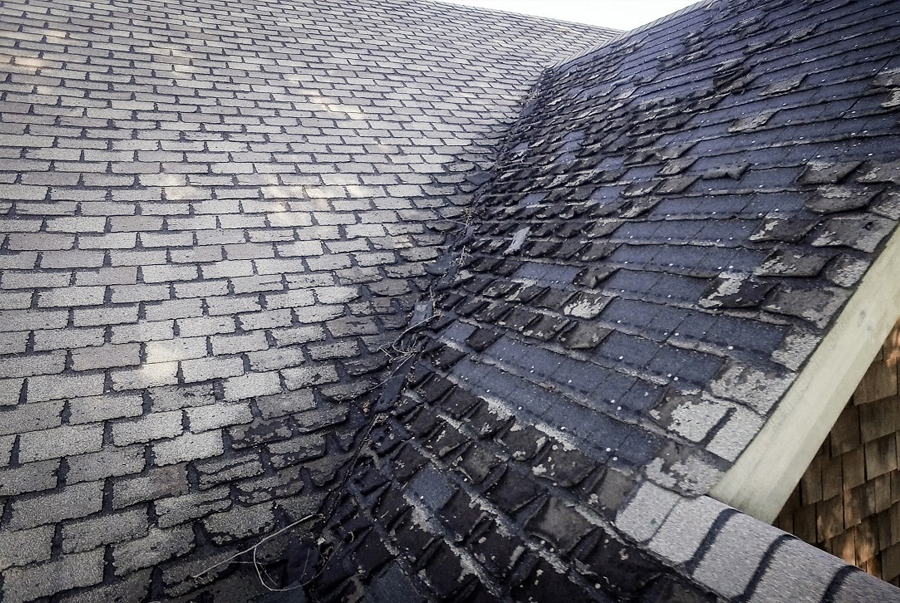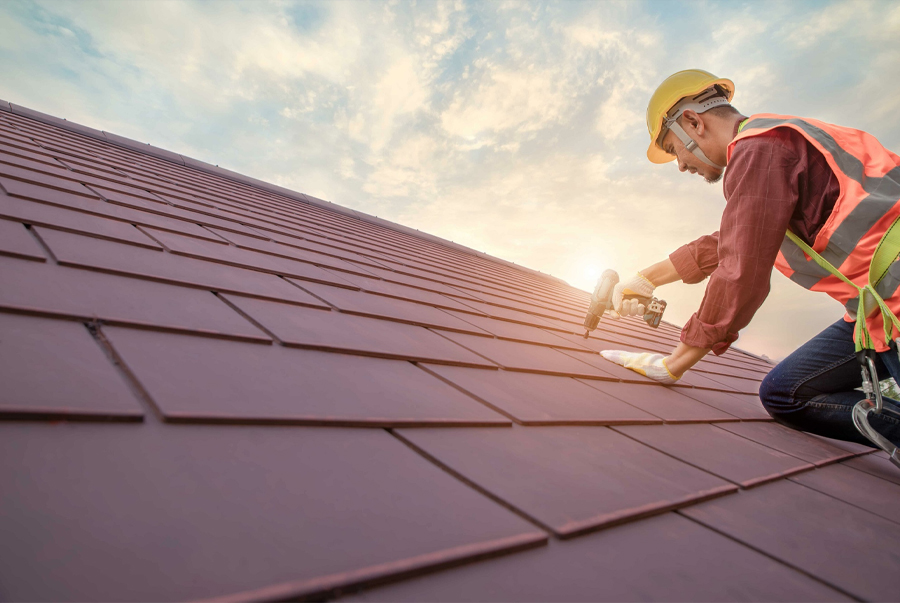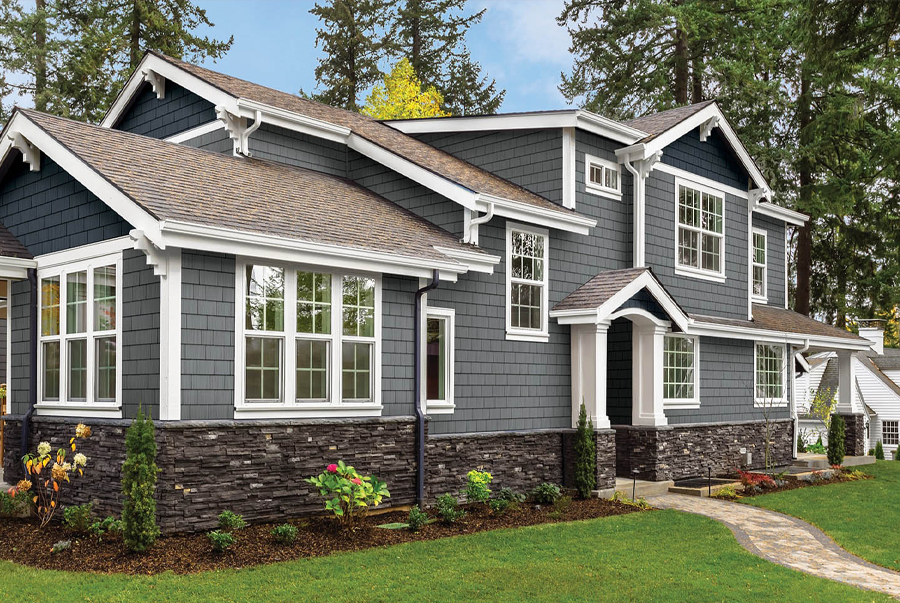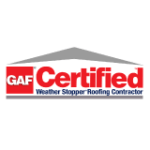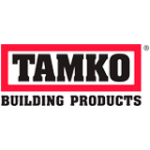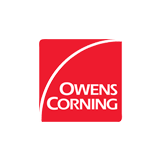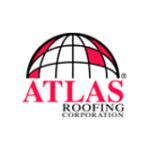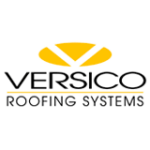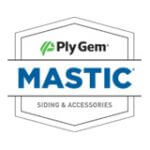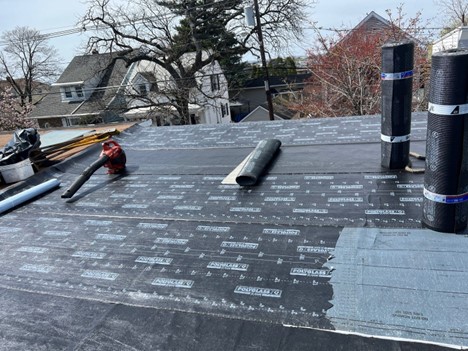
Types of Flat Roofs: Pros and Cons
When it comes to replacing your flat roof, choosing the right material is crucial for both the aesthetic appeal and functionality of your roof. A flat roof replacement is a significant investment, which is why you want to be sure you’re making the right choice. Here at NJ Roofing Company, our goal is to educate homeowners like you about all aspects of the roofing industry. In this article, we’ll go over the four best materials for a flat roof replacement, their pros and cons, their approximate costs, and how to find the right roofing contractor for your project.
Best and most popular Materials for a Flat Roof Replacement
The following are the best materials for a flat roof replacement. Most of them are roofing packages offered by NJ roofing company:
EPDM Membrane Roofing
EPDM or ethylene propylene diene terpolymer is a synthetic rubber black membrane that is predominantly used in commercial and medical facilities. EPDM is highly durable, almost like having a bulletproof rubber roof system. It is best for flat roofs over a garage or a non-living space since it can absorb heat due to its black color. A fully adhered 0.060 thickness EPDM flat roof can last for 25 to 30 years.
EPDM Membrane Roofing: PROS
Durable and Long-Lasting
EPDM membrane roofing is highly durable and long-lasting. It can last for up to 30 years with proper maintenance. This makes it a popular choice for commercial buildings, which require a roof that can last for decades.
Cost-Effective
EPDM membrane roofing is a cost-effective roofing option compared to other roofing types. Furthermore, its long lifespan makes it an incredibly cost-effective option, as it eliminates the need for frequent replacement.
Energy-Efficient
EPDM membrane roofing is energy-efficient, especially in warmer climates. Due to its black color, it can absorb heat and reduce the amount of energy required to regulate the temperature of a building. This makes it a popular choice in regions with warmer climates.
Easy to Install and Maintain
EPDM membrane roofing is easy to install and maintain. It is lightweight and can be installed quickly, making it a convenient option for buildings that require a quick and easy roofing solution. Additionally, it requires minimal maintenance, which makes it a cost-effective solution in the long run.
EPDM Membrane Roofing: CONS
Susceptible to Punctures
EPDM membrane roofing is susceptible to punctures and can be easily damaged by falling debris. This can be a problem in areas with heavy rainfall or high winds, as sticks and branches can damage the roof.
Prone to Shrinkage
EPDM membrane roofing can shrink over time, especially if it is not installed or maintained correctly. This can lead to significant problems, such as leaks and water damage.
Not Suitable for All Climates
EPDM membrane roofing is not suitable for all climates. It is not recommended for regions with high levels of UV radiation, as this can cause the rubber to degrade and break down over time.
Conclusion
EPDM membrane roofing is a highly durable and cost-effective roofing option that is popular in commercial and medical facilities. It offers a number of benefits, such as easy installation and maintenance, energy efficiency, and a long lifespan. However, it is also susceptible to punctures, prone to shrinkage, and not suitable for all climates. Therefore, it is important to weigh the pros and cons of EPDM membrane roofing before deciding if it is the right roofing option for your building.
TPO Membrane Roofing
TPO or thermoplastic polyolefin is a single-ply white membrane that can be used in both commercial and residential roofing. Unlike EPDM, TPO’s white membrane reflects heat instead of absorbing it. It is best for flat roofs or low-slope dormers over a bedroom since it can help keep the room cooler. A TPO membrane flat roof can last for 25 years if it is installed properly.
TPO Membrane Roofing PROS:
- Cost-effective: TPO membrane roofing is one of the most cost-effective roofing solutions on the market today. It is relatively cheaper compared to other roofing materials such as asphalt, metal, or slate.
- Energy-efficient: TPO membrane roofing can help make your home or commercial property more energy-efficient. The surface of TPO roofing reflects sunlight and reduces heat absorption, making it an excellent option for those looking to save on energy bills.
- Lightweight: TPO roofing is lightweight, making it easy to install without the need for excessive structural reinforcements, which saves money on installation costs.
- Low maintenance: TPO roofing requires minimal maintenance, making it an ideal option for commercial properties that need minimal upkeep.
TPO Membrane Roofing CONS:
- Durability: TPO roofing may not be as durable as other roofing solutions. It may not last as long, and it is more susceptible to damage from harsh weather conditions such as hail or heavy rainfall.
- Limited color options: TPO roofing comes in a limited number of color options, making it challenging to blend and match with the exterior of the property or the environment.
- Susceptible to wear and tear: TPO roofing is susceptible to wearing and tearing over time. With increased exposure to the elements, it may start developing cracks, splitting, or blistering.
- Not recommended for low-sloped roofs: TPO roofs are not recommended for low-sloped roofs as it may not perform as well as other roofing solutions like EPDM or PVC roof membrane.
In conclusion, TPO membrane roofing has significant advantages over traditional roofing materials. However, it also has some shortcomings that need to be carefully considered. Consulting with a professional roofing contractor or specialist can help you determine whether TPO roofing is the best solution for your property.
PVC Membrane Roofing
PVC or polyvinyl chloride is also a single-ply white membrane that can be used in both commercial and residential roofing. Similar to TPO, PVC is also great for flat or low-slope roofs over a living space or bedroom. PVC and TPO are very similar in their characteristics, and the only major difference is that PVC is more flexible and has been around longer than TPO. A properly installed PVC flat roof can last for 25 years.
PVC Membrane Roofing PROS:
- Durability: PVC membrane roofing is highly durable and has a long lifespan of up to 30 years. It is highly resistant to fire, chemicals, punctures, and UV radiation, making it an ideal choice for areas with extreme weather conditions.
- Energy efficiency: PVC membrane roofing is highly reflective, which means it can reflect heat and keep the building cool in hot weather. This makes it an excellent choice for minimizing the cooling costs of a building.
- Easy installation: PVC membrane roofing can be quickly and easily installed, making it a popular choice for many contractors. Additionally, it is lightweight, making it easy to handle and transport.
- Low maintenance costs: Once PVC membrane roofing is installed, it requires minimal maintenance. It is highly resistant to staining, mold, and algae, which means it can maintain its appearance without regular cleaning or maintenance.
PVC Membrane Roofing CONS:
- Environmental impact: PVC membrane roofing is made from plastic, which is not environmentally friendly. Moreover, it requires a high degree of energy to manufacture, leading to high carbon emissions.
- Cost: PVC membrane roofing is relatively expensive compared to other roofing materials, which can make it challenging for homeowners or small contractors to afford.
- Temperature sensitivity: PVC membrane roofing is sensitive to temperature changes, which can cause it to expand or contract. This can lead to leaks or buckling if not installed correctly.
- Limited color options: PVC membrane roofing only comes in a limited range of colors, which can make it challenging for contractors or homeowners who want a more colorful or decorative roof.
In conclusion, PVC membrane roofing is an excellent roofing material that offers numerous benefits. However, it also has its disadvantages, which should be considered before making a decision to use it in construction. Ultimately, the choice of roofing material should depend on several factors, including budget, climate, building aesthetics, and environmental impact.
Standing Seam Metal Roof
- A standing seam metal roof system is a series of metal panels that are locked together at the seams or seamed mechanically. It is a great roofing material for a flat roof since it will have a better aesthetic with color options and is longer-lasting than the membrane roof systems. A standing seam metal flat roof can last for at least 30 years and up to 50 years under ideal conditions.
Standing Seam Metal Roof PROS:
Durability: Standing seam metal roofs have a long lifespan of up to 50 years or more. They are made of high-quality materials that can withstand harsh weather elements such as extreme heat, snow, rain, and hail.
Energy efficiency: Metal roofs have the ability to reflect the sun’s rays, keeping the interior of the house cool during summers. Moreover, the insulation used during installation of the roofing offers good thermal performance, which reduces energy bills.
Low maintenance: Standing seam metal roofs require minimal maintenance as they are resistant to mold, mildew, and other harmful elements that may damage other types of roofs.
Eco-friendly: Metal roofs can be recycled, making them eco-friendly. With roofing materials contributing to a significant amount of waste in landfills, standing seam metal roofs are an environmentally conscious choice.
Standing Seam Metal Roof CONS:
Cost: Standing seam metal roofs can be expensive, which can deter homeowners from opting for this type of roofing. However, this cost is often offset by their longevity, and low maintenance.
Installation: The installation process is complex and requires expertise in handling metal sheets. It is also labor-intensive, which may increase the overall cost of installation.
Noise: Metal roofs tend to be noisier during rains and hail compared to other materials such as asphalt shingles.

Source: https://www.renocompare.com/roofing/flat-roof-materials/
At New Jersey Roofing Company, we offer different alternatives an material packages to meet our flat roof customers’ needs.
Approximate Cost of a Flat Roof Replacement
The cost of a flat roof replacement varies depending on several factors, such as the type of material used, the size of the roof, the number of penetrations, the quality of the roofing contractor, and the type of insulation used. Here is an estimated cost of each material used for a flat roof replacement:
EPDM Membrane Roofing – Budget between $14-$17 per square foot for smaller projects and about $12 per square foot for larger roofs.*
TPO Membrane Roofing – Budget between $14-$17 per square foot for smaller projects and about $12 per square foot for larger roofs.*
PVC Membrane Roofing – Budget between $14-$17 per square foot for smaller projects and about $12 per square foot for larger roofs.*
Standing Seam Metal Roof – Budget around $15 per square foot depending on the size, penetrations, roofing contractor, and other variables.*
How to Find the Right Roofing Contractor for Your Flat Roof Replacement
Hiring the right roofing contractor is the most crucial decision you’ll make for your roofing project. The following are tips to help you find the right roofing contractor for your flat roof replacement:
- Look for referrals – Ask family, friends, or a trusted contractor for referrals.
- Check online reviews – Check the roofing contractor’s website or online reviews to ensure their credibility.
- Verify insurance and licensing – Ensure the roofing contractor has insurance and is properly licensed.
- Check their experience – Ensure the roofing contractor has enough experience in the industry.
- Get multiple bids – Compare bids from different roofing contractors to get the best value for your project.
- Ask for a workmanship warranty – Ensure the roofing contractor provides a workmanship warranty for their services.
- Ask for a written contract – Ensure the roofing contractor provides a written contract that outlines services, costs, materials, and any warranties.
Testimonials from Commercial Customers
Here are three testimonials from commercial customers who have opted for flat roof selection:
“We have a few flat roofs in our facility, and we decided to go with TPO membrane roofing based on NJ Roofing Company’s recommendation. The white membrane reflects heat and keeps our living spaces cooler, and it has been lasting us for 25 years with no problems. Highly recommend NJ Roofing Company for their quality and professionalism.”
“Our company had a standing seam metal flat roof installed by NJ Roofing Company, and it’s been a great decision.



